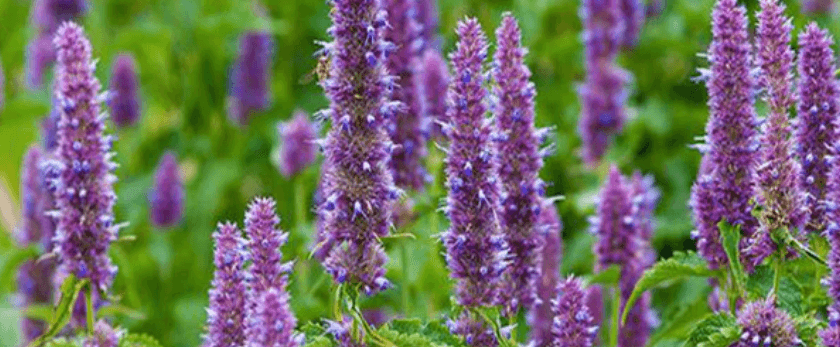Patchouli, also known as Pogostemon cablin, is a fragrant herb that is commonly used in perfumes, incense, and aromatherapy. It is also a popular plant for home gardens, as it is relatively easy to grow and adds a unique touch to any landscape. In this article, we will discuss how to care for patchouli, the best time to grow it, and common problems that may arise.
How to Care for Patchouli
Watering
Patchouli plants prefer moist, well-drained soil. It is important to keep the soil consistently moist, but not waterlogged. Water the plant deeply once a week, or more frequently during hot, dry weather. Avoid getting water on the leaves, as this can lead to fungal diseases.
Light
Patchouli plants thrive in partial shade to full sun. They can tolerate some shade, but too much shade can cause the plant to become leggy and weak. If growing indoors, place the plant near a window that receives bright, indirect sunlight.
Soil
Patchouli plants prefer rich, loamy soil with a slightly acidic pH of 5.5 to 6.5. If your soil is not ideal, you can amend it with compost or well-rotted manure to improve its texture and nutrient content.
Fertilizer
Fertilize patchouli plants once a month during the growing season with a balanced fertilizer. Avoid using high-nitrogen fertilizers, as this can cause the plant to produce more leaves and less of its signature scent.
Pruning
Pruning is not necessary for patchouli plants, but it can help promote bushier growth and prevent the plant from becoming too leggy. Prune off any dead or damaged branches, and pinch off the tips of new growth to encourage branching.
What is the Best Time to Grow Patchouli?
Patchouli plants can be grown year-round in tropical and subtropical regions. In cooler climates, it is best to grow patchouli as an annual or bring it indoors during the winter months. The ideal temperature range for patchouli is between 60-85°F (15-29°C).
If starting from seeds, it is best to sow them indoors 6-8 weeks before the last frost date. Transplant the seedlings outdoors after all danger of frost has passed. If growing from cuttings, they can be taken at any time during the growing season.
Common Problems with Patchouli
Pests
Patchouli plants are relatively pest-resistant, but they can still be susceptible to aphids, mealybugs, and spider mites. These pests can be controlled with insecticidal soap or neem oil. It is important to regularly inspect your plants for any signs of infestation and take action immediately.
Diseases
Fungal diseases, such as powdery mildew and root rot, can affect patchouli plants if they are overwatered or if the leaves are constantly wet. To prevent these diseases, avoid getting water on the leaves and ensure proper drainage. If your plant does develop a fungal disease, treat it with a fungicide according to the instructions on the label.
Nutrient Deficiencies
Patchouli plants may also suffer from nutrient deficiencies, which can cause stunted growth and yellowing leaves. To prevent this, make sure to fertilize regularly with a balanced fertilizer. If you notice any signs of nutrient deficiencies, you can also use a foliar spray to provide a quick boost of nutrients to the plant.
Conclusion
Growing patchouli can be a rewarding experience, as it not only adds a unique fragrance to your garden but also has many uses in the world of aromatherapy and perfumery. By following these care tips and being aware of common problems, you can successfully grow patchouli in your own garden. Remember to always use responsible disposal methods for any plant waste, as we all play a part in creating a sustainable future for our planet. Happy growing!










